/foblogo.gif)
/flag.gif) Contact Your Government! |
Mining in Barboursville: Issues of Economy and Jobs
Barboursville's economy is growing rapidly, most notably in tourism-related enterprises such as the vineyards and the Nichols Gallery. Consider the following data for two of the area's largest businesses, the Barboursville and Horton wineries.

|
|
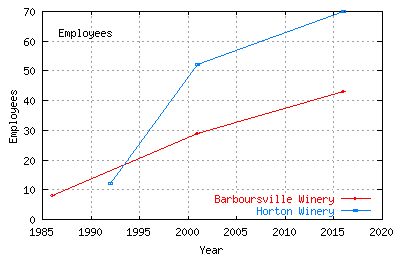 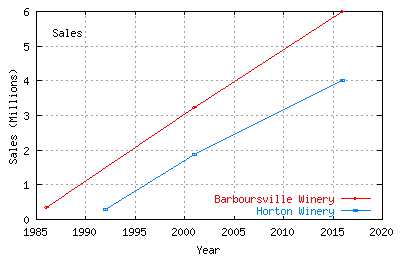 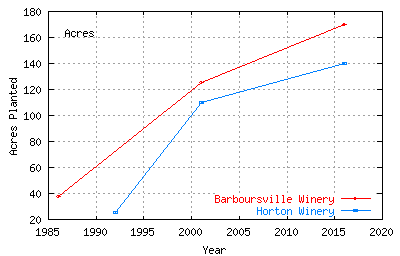 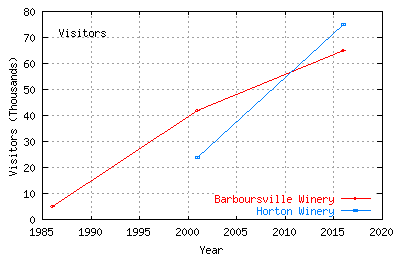
|
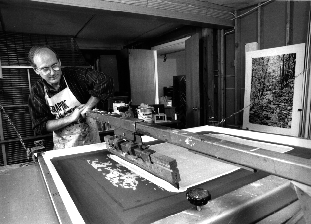

These businesses make significant contributions to the county's economy, while using the county's resources responsibly. As the county's comprehensive plan says:
"It is generally understood that tourism is a clean industry that brings in dollars while requiring a nominal public investment. It is not as generally recognized that there is extensive, intense and sophisticated competition for those clean dollars. The county's tourism destinations and venues must be promoted and must be presented in an interesting manner.....Orange County must always reflect a desire to have tourists visit more often, stay longer, and recommend the experience to others."
The proposed mine site is immediately behind the Horton winery and, as we've noted in our safety and traffic section, route 20 is one of our area's most important tourist corridors, connecting the Barboursville and Horton wineries with Montpelier. If the proposed mine becomes a reality, tourists may come to associate visits to Orange County with cracked windsheilds, long waits behind slow truck traffic and near-misses at dangerous intersections.
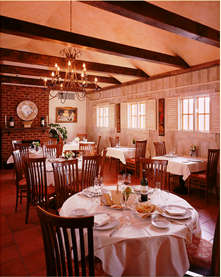 Traffic, noise and dust from the proposed mining operation could
jeapordize new enterprises in the Barboursville area, like the
Barboursville Winery's new
"Palladio" restaurant.
When new businesses fail, the whole community shares the
financial loss.
The winery expects to pay $40,000 in meals taxes during the
first year of Palladio's operation, in addition to the substantial
amount paid annually in property taxes and real estate
by the winery as a whole.
Traffic, noise and dust from the proposed mining operation could
jeapordize new enterprises in the Barboursville area, like the
Barboursville Winery's new
"Palladio" restaurant.
When new businesses fail, the whole community shares the
financial loss.
The winery expects to pay $40,000 in meals taxes during the
first year of Palladio's operation, in addition to the substantial
amount paid annually in property taxes and real estate
by the winery as a whole.
As the county's comprehensive plan says:
"Tourism is the third largest retail industry in the nation and Virginia. By the year 2,000, it is expected to be the world's second largest retail industry. Orange County has the assets to be competitive. Its proximity to the nation's capital makes the county an envious getaway, within a five-hour drive of half the population of the U.S."This prediction has come true. In 2002, tourism is the second largest industry in Virginia.

The adverse affects of the proposed mining operation on local businesses, and on the county's economy, cannot be overstated. The wineries in particular are an essential, growing source of income for the county. Orange County has more land in vineyards than any other county in Virginia, with well over 200 acres currently and further expansion planned for the next five years by the county's two largest vineyards. Barboursville Winery, owned by a prominent Italian producer, is the largest vineyard in the county. Barboursville Winery bottles its own wine on site which also attracts a lot of tourists throughout the year. Horton Vineyards has expanded its operation rapidly over the last five years to become the second largest vineyard.
Again, quoting from the comprehensive plan:
"Attracting industrial and commercial enterprise to the County must be balanced with our concerns for maintaining a clean environment, minimizing impact on traffic patterns and water supplies, and protecting historical areas."The wineries use the land without destroying it. The proposed mining operation would use up the land, and leave nothing behind.
The Barboursville winery has demonstrated its concern for the region's historic areas, through its stewardship of the Barbour mansion, a home designed by Thomas Jefferson for his friend Governor James Barbour. General Shale has demonstrated a regrettable disregard for one of the most precious areas of our community: Careytown. Careytown is one of the few surviving examples of the "freetowns" created by formerly enslaved African-Americans after emancipation. Careytown's families have owned this land for generations, holding onto it while the families of the neighboring slave owners were forced to sell out. The pit of the proposed mine would come within 25 feet of the property lines of Careytown, and within 70 feet of the nearest house. This does not show the sort of concern for "protecting historical areas" that's called for in the comprehensive plan.
We must choose between responsible economic growth in our county and irresponsible, short-sighted exploitation of our resources. Now, our county is known for its beautiful landscapes and its tourist attractions. In the future, will it be known as a county of the dirt-poor, a county that's squandered its birthright?
/redarrow10x4.gif)

/nomine/brick.jpg)